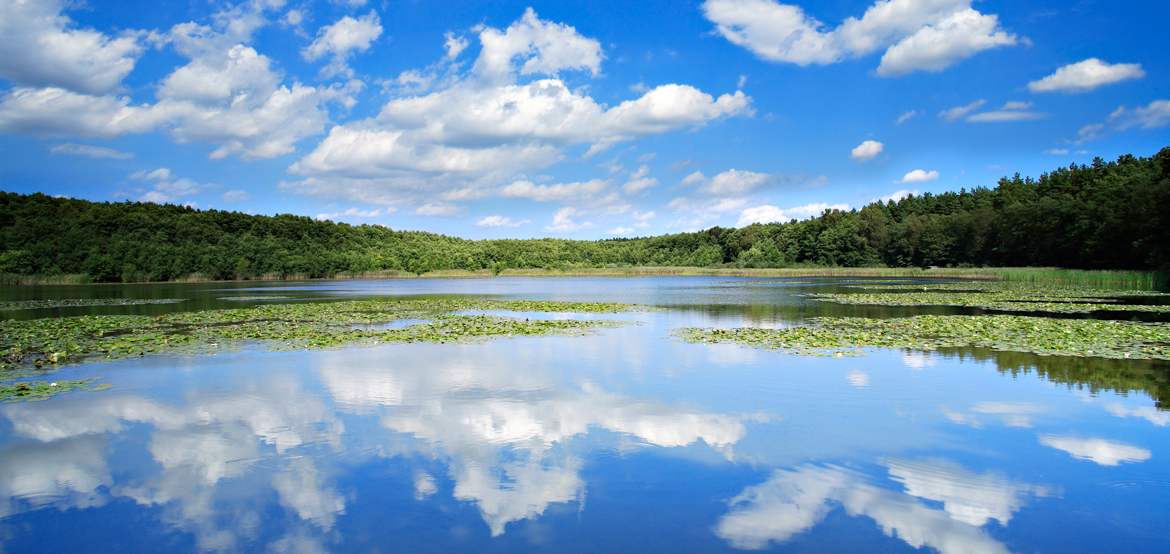
Under the Weather? Visit a Forest
PFT President, Laurie Wayburn reminds us “why we do what we do.” Forests really do “work wonders” for our health and well-being, according to two recent studies.
Science Daily reported some great research about the Healing Effects of Forests.
“Many people,” says Dr. Eeva Karjalainen, of the Finnish Forest Research Institute, Metla, “feel relaxed and good when they are out in nature. But not many of us know that there is also scientific evidence about the healing effects of nature.”
Forests – and other natural, green settings – can reduce stress, improve moods, reduce anger and aggressiveness and increase overall happiness. Forest visits may also strengthen our immune system by increasing the activity and number of natural killer cells that destroy cancer cells.
And then, for the science junkies amongst us, there is the following abstract from Japanese research:
In Japan, a forest bathing trip, called “Shinrin-yoku” in Japanese, is a short, leisurely visit to a forest; it is regarded as being similar to natural aromatherapy. This review focuses on the effects of forest bathing trips on human immune function. Beginning in 2005, adult Japanese individuals, both male and female, participated in a series of studies aimed at investigating the effect of forest bathing trips on human immune function.
The subjects experienced a 3-day/2-night trip to forest areas, and blood and urine were sampled on days 2 (the first sampling during each trip) and 3 (the second sampling during each trip), and on days 7 and 30 after the trips. Natural killer (NK) activity, the numbers of NK, granulysin-, perforin-, and granzymes A/B-expressing lymphocytes in the blood, and the concentration of urinary adrenaline were measured.
The same measurements were made before the trips on a normal working day as a control. The mean values of NK activity and the numbers of NK, granulysin-, perforin-, and granzymes A/B-expressing cells on forest bathing days were significantly higher than those on the control days, whereas the mean values of the concentration of urinary adrenaline on forest bathing days were significantly lower than that on the control days in both male and female subjects.
The increased NK activity lasted for more than 30 days after the trip, suggesting that a forest bathing trip once a month would enable individuals to maintain a higher level of NK activity. In contrast, a visit to the city as a tourist did not increase NK activity, the numbers of NK cells, or the level of intracellular granulysin, perforin, and granzymes A/B. These findings indicate that forest bathing trips resulted in an increase in NK activity, which was mediated by increases in the number of NK cells and the levels of intracellular granulysin, perforin, and granzymes A/B. — Qing Li, 2008, Environmental Health and Preventative Medicine, SpringerLink
